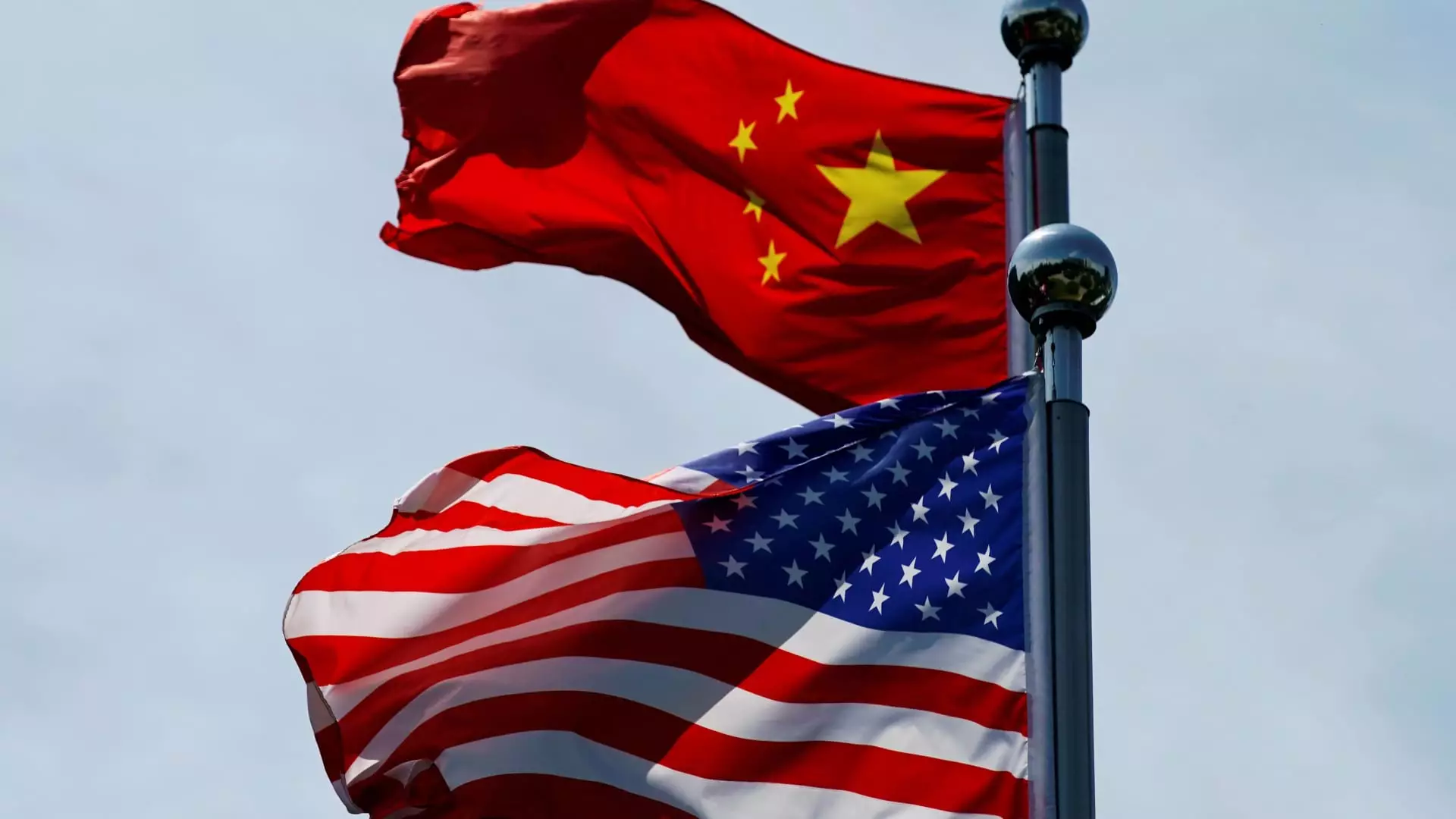In a monumental shift towards protectionism, President-elect Donald Trump has unveiled a strategy to impose substantial tariffs on imports from China as well as its North American trading partners. Following a post on his Truth Social platform, Trump declared an additional 10% tariff on all Chinese goods entering the United States. This move is aimed at curbing illegal immigration and the influx of drugs, primarily Fentanyl, which he attributes as a significant issue in drug-related deaths across the U.S. The timing of these announcements, just before his inauguration on January 20, signals a stark transition in U.S. trade policies.
The Rationale Behind the Tariffs
Trump’s justification for these tariffs lies deeply entrenched in the narrative of protecting American interests. He stated that illicit drugs, specifically Fentanyl, have been streaming into the U.S., creating a public health crisis. This synthetic opioid has been linked to numerous overdose deaths, making it a central focus of his administration’s impending policies. Trump claimed that despite discussions with China regarding drug trafficking, there has been no significant progress, particularly on the issue of enforcing harsh penalties for drug traffickers.
His emphasis on tariffs as a tool to negotiate better terms highlights a broader strategy that suggests a willingness to leverage economic pressure to instigate serious dialogue on drug-related issues. By embedding tariff increases into the discourse of public health and safety, Trump aims to frame these economic moves as beneficial to the American populace rather than purely punitive measures against foreign nations.
The implications of Trump’s tariff policies extend beyond China, with notable effects anticipated on trade with Mexico and Canada. Announcing a 25% tariff on products from these countries is a bold move against the backdrop of the United States-Mexico-Canada Agreement (USMCA), intended to foster regional economic collaboration. If implemented, these tariffs could dismantle the efforts intended to smooth over trade relations and could lead to a significant economic rift in North America.
Economic analysts like Kinger Lau of Goldman Sachs remark that a 10% tariff, which falls short of Trump’s campaign promise of 20-30%, may provoke mixed reactions in global markets. While the lower-than-expected tariff could provide some relief to the economic relationship, it nonetheless reveals an aggressive stance against competitive imports. This friction raises concerns among U.S. trading partners regarding their future economic stability under the new administration.
As the U.S. grapples with these potential tariff hikes, the economic ramifications for both domestic industries and foreign partners are becoming more apparent. With the U.S. dollar showing signs of strength against currencies such as the Mexican peso and Canadian dollar, we could see an increased cost of imports which may lead to higher consumer prices. This scenario might strain American households already dealing with inflationary pressures.
Moreover, the long-term effects on international relations cannot be overlooked. While Trump’s strategy may aim to reinforce American manufacturing, the retaliation from countries affected by these tariffs could lead to a downward spiral in global trade practices. Notably, China’s historical approach to tariff disputes has been one of calculated restraint; analysts suggest that Beijing might not respond aggressively in the short term. However, sustained tensions could provoke a future backlash, harming vital economic ties.
President-elect Trump’s tariff proposals signal a departure from established free trade policies, introducing a protective approach that prioritizes national interests under the guise of public safety and economic stability. As he prepares for his inauguration, the business community and foreign governments alike are left contemplating the unpredictable nature of his administration’s economic strategy. The coming months will be pivotal in understanding whether these tariffs will serve to strengthen the U.S. economy or destabilize trade relationships that have formed over decades. Ultimately, this evolution in trade policy will have lasting implications on the global economic landscape.

